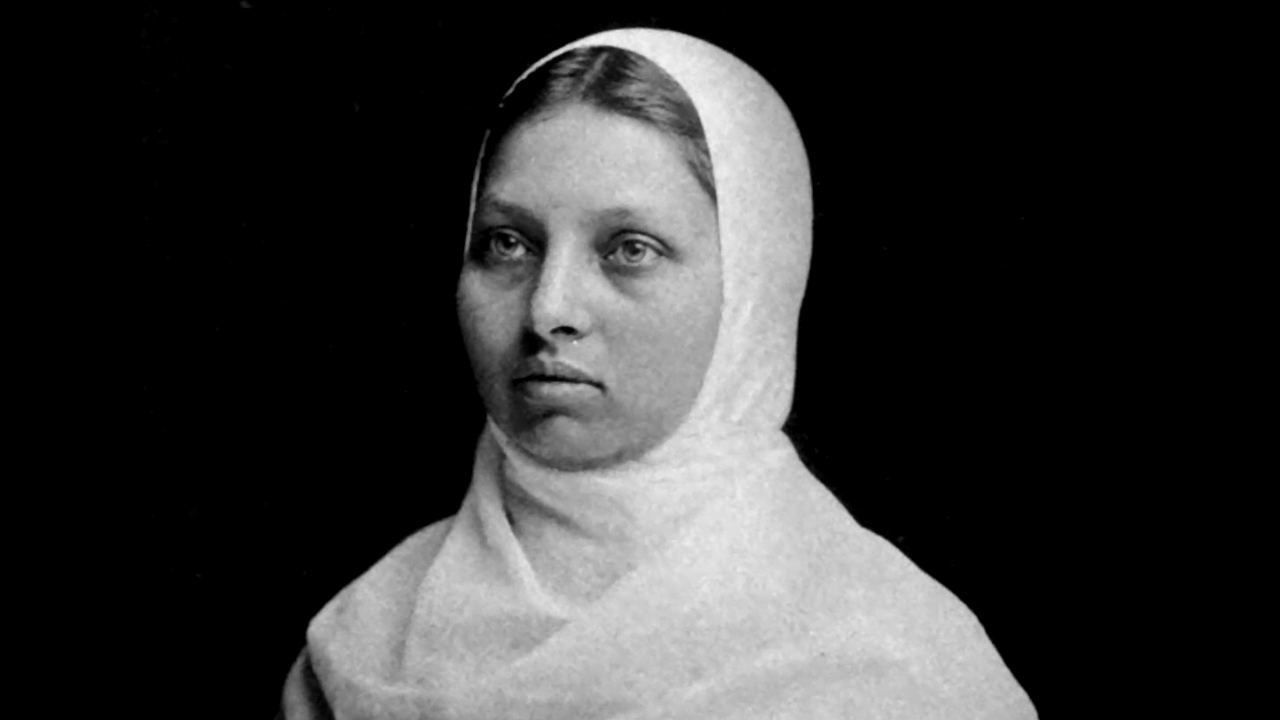Pandita Ramabai has not only been acknowledged as a great social reformer but widely remembered as one of the feminists of modern India who championed a constructive program for awakening, emancipating and educating Indian women. Her advanced mental outlook made her redefine the concept of widowhood and womanhood in a way that none of her contemporary social reformers could think of. She was the only woman leader of Maharashtra who gained foreign support for a domestic cause.
The erasure of Ramabai’s work from the history of western India can be understood as a deliberate attempt by a society inflicted with the tyranny of men who couldn’t digest a woman challenging their supremacy.
Pioneer of Indian Feminism
Pandita Ramabai’s distinction as a pioneer of Indian Feminism can be illustrated by her academic writings and institutional pursuits for protecting women’s rights and their emancipation. The bedrock of feminist consciousness in Pandita Ramabai can be traced to her erudite scholarship and upbringing in a liberal and progressive environment which saved her from living in a strictly regulated society governed by stringent gender roles that forced women to live in wifehood and motherhood. Her felt experience of discrimination against women and the plight of widows further intensified her zeal of engaging in the task of social reform.
The main arena of Ramabai’s reform activities was upper-caste Hindu women because their life was subjected to the most severe constraints. Ramabai’s primary efforts consisted of challenging patriarchy, which she believed, was derived from ancient sacred texts and sustained by social customs and traditions.
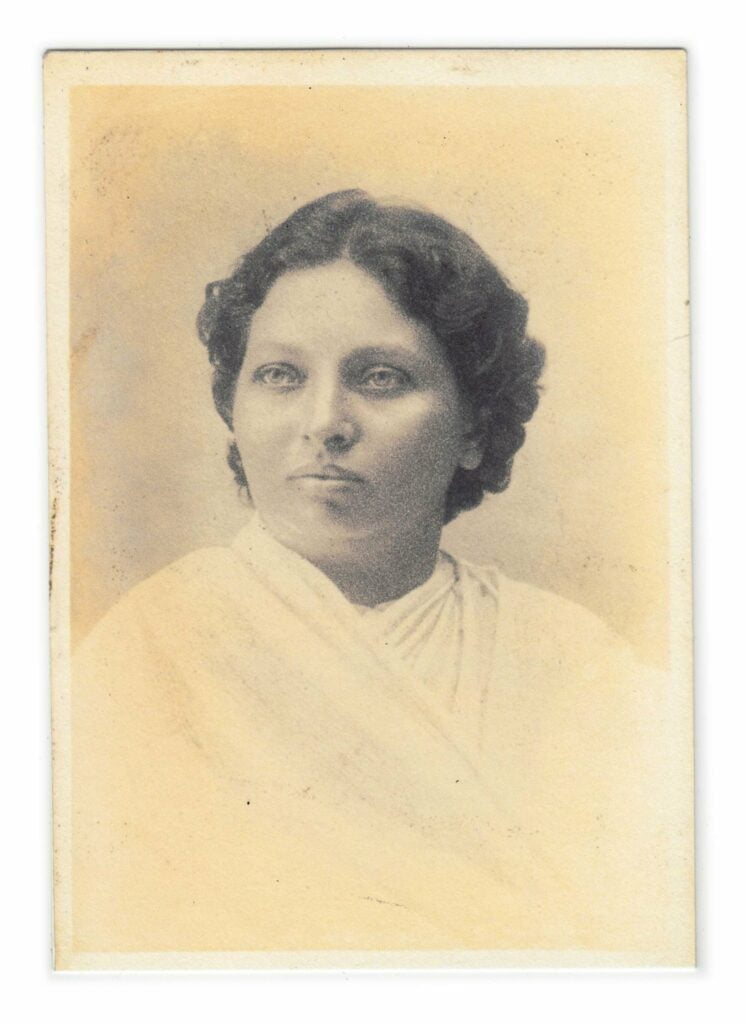
After the demise of her parents and sister at an early age, Pandita Ramabai travelled all over India along with her brother addressing women’s issues and spreading awareness about women’s education. By 1878, she was able to acquire strong command over Sanskrit vernacular and her outstanding knowledge of Sanskrit text astonished the scholars. She was conferred with the title of “Saraswati” and “Pandita” in recognition of her intellectual attainment and was widely known as an educationist even before she turned 20.
Soon after the death of her brother in 1880, Pandita Ramabai, being herself born into a brahmin family, got married to a non-brahmin lawyer, Behari Das Medhavi (shudra varna) ignoring caste barriers and all social customs. Unfortunately, Ramabai’s husband died early leaving her with a little daughter.
The loss of all family members couldn’t defeat the spirit and courage of Pandita Ramabai, she immediately returned to her native place Pune to embark on her journey of women’s welfare. This was the time when Ramabai proactively engaged in social reform activities and completely devoted herself to the cause of women.
The main arena of Ramabai’s reform activities was upper-caste Hindu women because their life was subjected to the most severe constraints. Ramabai’s primary efforts consisted of challenging patriarchy, which she believed, was derived from ancient sacred texts and sustained by social customs and traditions.
Pandita Ramabai’s entrance to feminist discourse was found through her first academic work Stri Dharma Niti written with the aim of counselling the helpless and ignorant womenfolk. She offered a guide of morality for women, advising them to get married by their choice and be a companion to their husband who is trustworthy.
The first outcome of her relentless efforts towards women’s welfare was the foundation of Arya Mahila Samaj at Poona in 1881. It was the very first organisation devoted to providing education to women and encouraging their participation in public activities. She believed that the best remedy for women’s emancipation is the introduction of women’s education.

With no support coming from the native society, Pandita Ramabai made a foreign visit to England on the basis of her scholarship to gather financial aid to realise her dream of setting up a home for helpless women. She managed to arrange a meeting with the former Governor of the Bombay Presidency. On behalf of Arya Mahila Samaj, she made an appeal to seek assistance writing a book titled, The Cry of Indian Women. This book offers a detailed account of the plight of Indian women in view of various social evils like- forced widowhood, early marriage, marital harassment and desertion by husband.
In 1886, Ramabai moved to the United States on an invitation from the Women’s Medical College of Pennsylvania to attend the graduation ceremony of her cousin Anandibhai Joshi, the first Indian woman to travel to the US to become a doctor. She got impressed with the progressive outlook of women’s welfare groups and reformist thinkers in America. She also approached various church groups for fundraising purposes to enforce her dream of building women’s institutions in India. Her acquaintance with reformist folks of America resulted in the formation of the American Ramabai Association in Boston in 1887 by her admirers. She had gathered enough financial support for her long-lived dream of opening residential secular schools for women in India.
Ramabai’s act of religious conversion created widespread resentment among upper-caste Hindus. On her return to India, she proactively engaged in the rehabilitation of widows against the wishes of their menfolk. Upholding the rights of widows wasn’t acceptable to a considerably large section of Hindu Brahmins.
Pandita Ramabai also took help in writing books to attract financial support, she wrote the book The High Caste Hindu Women. This book provides a feminist critique of the condition of Indian women by analysing the discriminatory treatment of them during their childhood, married life and widowhood. By exposing the hardships of widows, she urged Indian society to assist them to become independent identities. She recommended three areas where we need to invest more energy to evolve women from their current situation- self-reliance, education and women teachers. The Hindu woman, according to Pandita Ramabai, had been enjoined by religion,
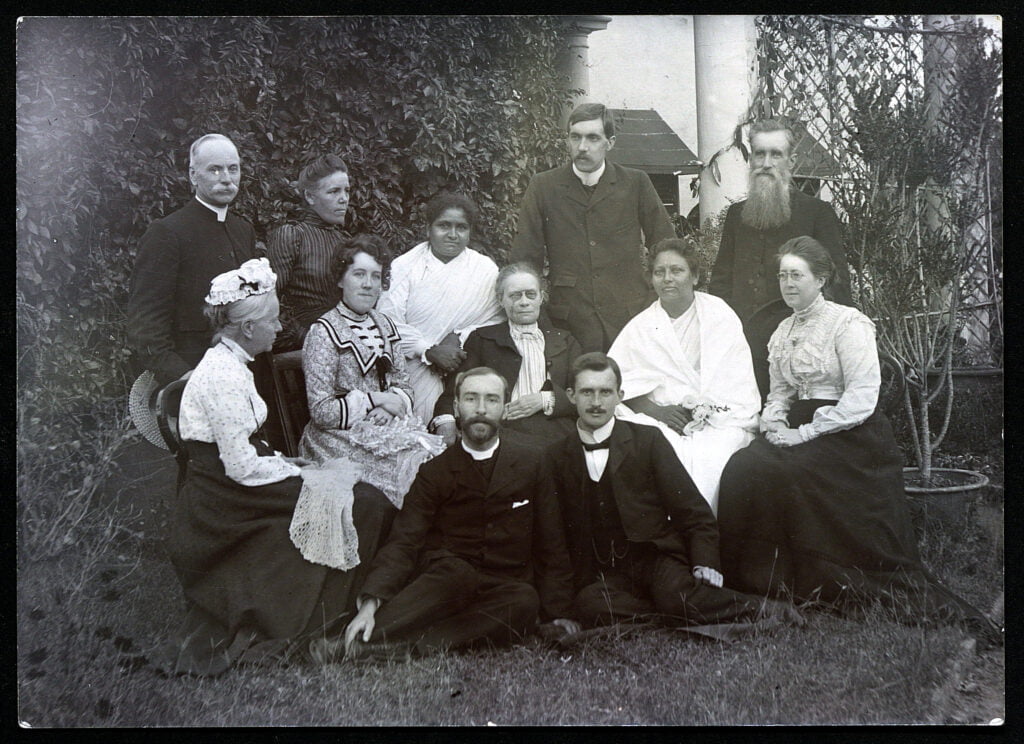
“To look upon her husband as a god, to hope for salvation only through him, to be obedient to him in all things, never to covet independence, never to do independence, never to do anything but that which is approved by law and custom”, and in order to change this state of affairs, the chief needs were education for women, leading to self-reliance.” (Hindu Caste Hindu Women: 30, 50-51).
Also Read: Re-reading Pandita Ramabai’s The High Caste Hindu Woman
Ramabai’s ability to collect sufficient financial resources made her set up the Sharada Sadan to provide residential school to young widows in 1889 in Mumbai. It was the first institution to provide school education and vocational training to widows. It needs to be stressed here that Ramabai wasn’t opposed by her contemporary social reformers. They were amazed by her ability to raise funds in foreign countries and her dedication to social work back in India.
Pandita Ramabai established Mukti Sadan in 1889 near Poona to provide shelter to helpless women and children. Women were encouraged to be independent and taught various skills from carpentry and masonry to industrial training and the printing press. The institution provided all those skills that women were restricted to learn then. When native support declining constantly, Ramabai depended almost exclusively on foreign support to run her Sadan. By the arrival of the 20th century, Sharada Sadan was marginalised and Mukti Sadan started facing serious issues related to funds.
Independent Stance on Religion
Attracted to less asymmetrical gender relations, Pandita Ramabai converted to Christianity during her visit to England, but she remained selective in accepting the elements of her new religious doctrine. Ramabai got intrigued by the liberal and progressive outlook of Christian missionaries. Ramabai received immense financial aid, volunteer work, and spiritual sustenance from Christian missionaries to sustain her institutions in India.
Pandita Ramabai’s act of religious conversion created widespread resentment among upper-caste Hindus. On her return to India, she proactively engaged in the rehabilitation of widows against the wishes of their menfolk. Upholding the rights of widows wasn’t acceptable to a considerably large section of Hindu Brahmins.
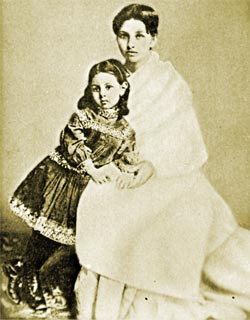
Meera Kosambi mentioned that her conversion needs to be understood within the patriarchal framework of 19th-century India. She converted to Christianity at a time when she was going through the darkest period of her life owing to no emotional support and social unacceptance. While receiving immense spiritual and financial support from the Christian community on the other hand.
Ramabai also had to pay a heavy price for this, she was socially marginalised and excluded from the history of western India.
Also Read: Life Of Pandita Ramabai: Championing Women’s Education And Social Reform | #IndianWomenInHistory
Simultaneously, she became the target of criticism from Anglicans. Although international Christian missionaries became a support system for Pandita Ramabai to sustain her institutions in India, she was not turned into a blind follower of Christianity. Like-minded Ramabai opposed church authorities for imposing their dogma and discipline. Her reply to a fellow Christian testifies to her independent stance on the new religion-
“I am, it is true, a member of the church of Christ but I am not bound to accept every word that falls down from the lips of priests or bishops…I have great efforts freed myself from the yoke of the Indian priestly tribe, so I am not at present willing to place myself under another similar yoke.”
The other conflict with the church was centred on wearing a crucifix which was alien to Indian culture. She asserted indigenous culture that made her insist that the crucifix should bear an inscription in Sanskrit not in Latin. Thus, Christian missionaries wanted to groom and train Ramabai as an instrument to serve their own purposes but she asserted her independence.
Quest for Gender Reforms
Pandita Ramabai’s strong desire to ensure gender justice is reflected in her leadership role played before The Hunter Education Commission appointed by the British government in 1882. In her testimony before the Commission, Ramabai demanded the appointment of women teachers for schools. In addition, she demanded the training of women doctors, there should be more women in the medical field to save those women who couldn’t consult male physicians. In this effort, Ramabai raised the voice for oppressed Indian women- widows, deserted women and sexually exploited women.
Her speech on two resolutions of gender reform in the Congress Convention held in Bombay in 1889 also substantiates her endeavours towards attaining gender equality. Ramabai spoke on two resolutions- one related to marriage and the other on the shaving of the head of the widow. These resolutions weren’t only passed with a massive majority, but she literally wonderstruck everyone sitting there.
Contemporary Relevance
It is due to the untiring efforts of Pandita Ramabai, we could move from ’emancipation from’ to ‘attainment of’ in the journey of protecting women’s rights and their empowerment. Because of social reformers of the 19th century who struggled throughout their life to abolish various social evils- support for widow remarriage, Sati Pratha, women’s denial of education, we are striving today, to attain increasing participation of women in decision-making bodies, leadership positions, income-generating activities, sports, defence, media.
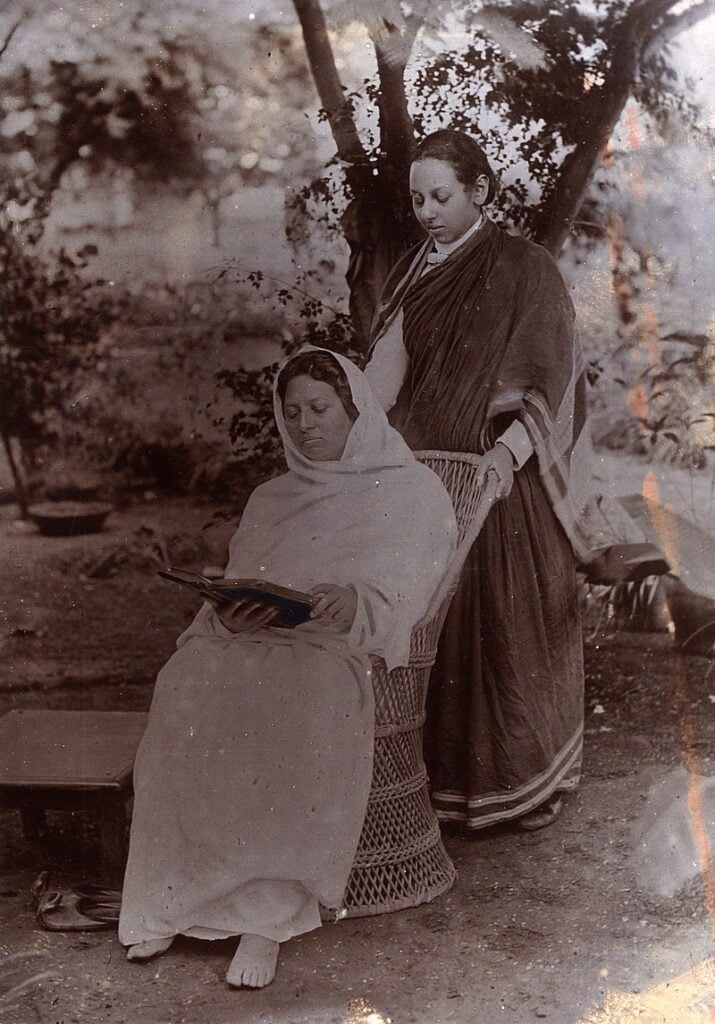
The idea of Ramabai to build women’s institutions was carried forward to post-independent India in the form of creating Self-Employed Women’s Association (SEWA), and Self-Help Groups. Her institution Mukti Mission still continues in Maharashtra and actively working in the form of a humanitarian organization to provide education, training, and dignified life to thousands of destitute women and children irrespective of their background.
In the end
Pandita Ramabai’s distinction as the protagonist of women’s rights comprises her personality and the deeds that are what she was and what she did throughout her life for women’s emancipation. It is noteworthy that due to several constraints such as lack of funds, no family support, and social resistance, Ramabai remained determined in her vision and mission to work for uplifting women.
What was unique in the case of Pandita Ramabai as a social reformer was that she became an example before society herself for what she was making efforts to bring change in the community. Her bold step of uniting women of the western world for the cause of Indian women, getting married to a man of a different caste and personal independence on the question of religion substantiate her as a liberal feminist with a secular outlook.
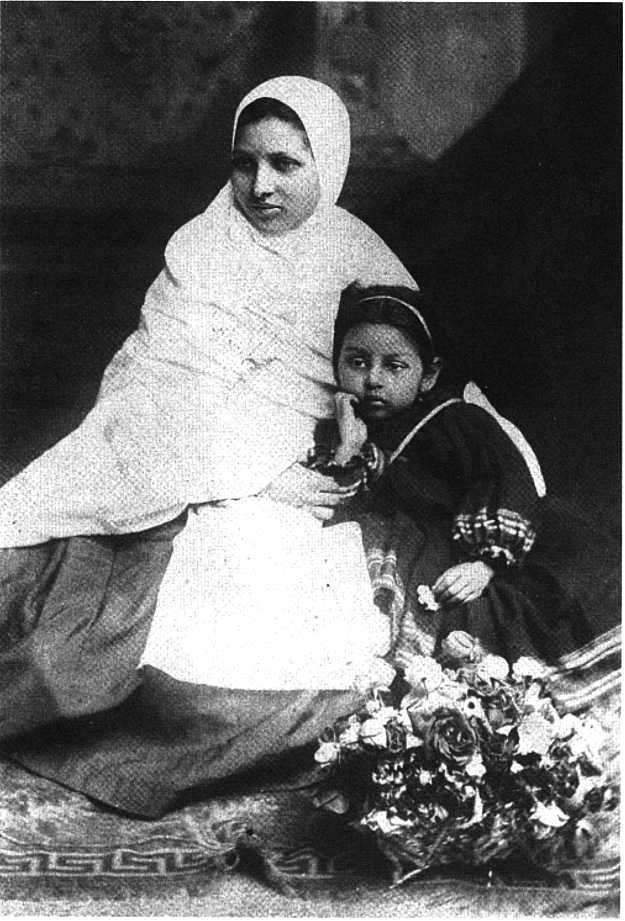
Although her act of religious conversion was widely debated and questioned in India one cannot deny that due to financial and spiritual support provided by Christianity, Pandita Ramabai could gather courage and her purpose of building women’s homes became practicable.
References
1. Kosambi, M. (2006). Multiple Contestations: Pandita Ramabai’s educational and missionary activities in late 19th century Indian and abroad. Women’s History Review, 7:2, 193-208.
2. Kosambi, M. (1988). Women, Emancipation and Equality: Pandita Ramabai’s Contribution to Women’s Cause. Economic and Political Weekly, Vol.23, No.44, pp. WS38-WS49.
3. Chakravarty, U. (1998). Rewriting History: The Life and Times of Pandita Ramabai. Kali for Women.
4. ‘The High Caste Hindu Women’ by Pandita Ramabai.
